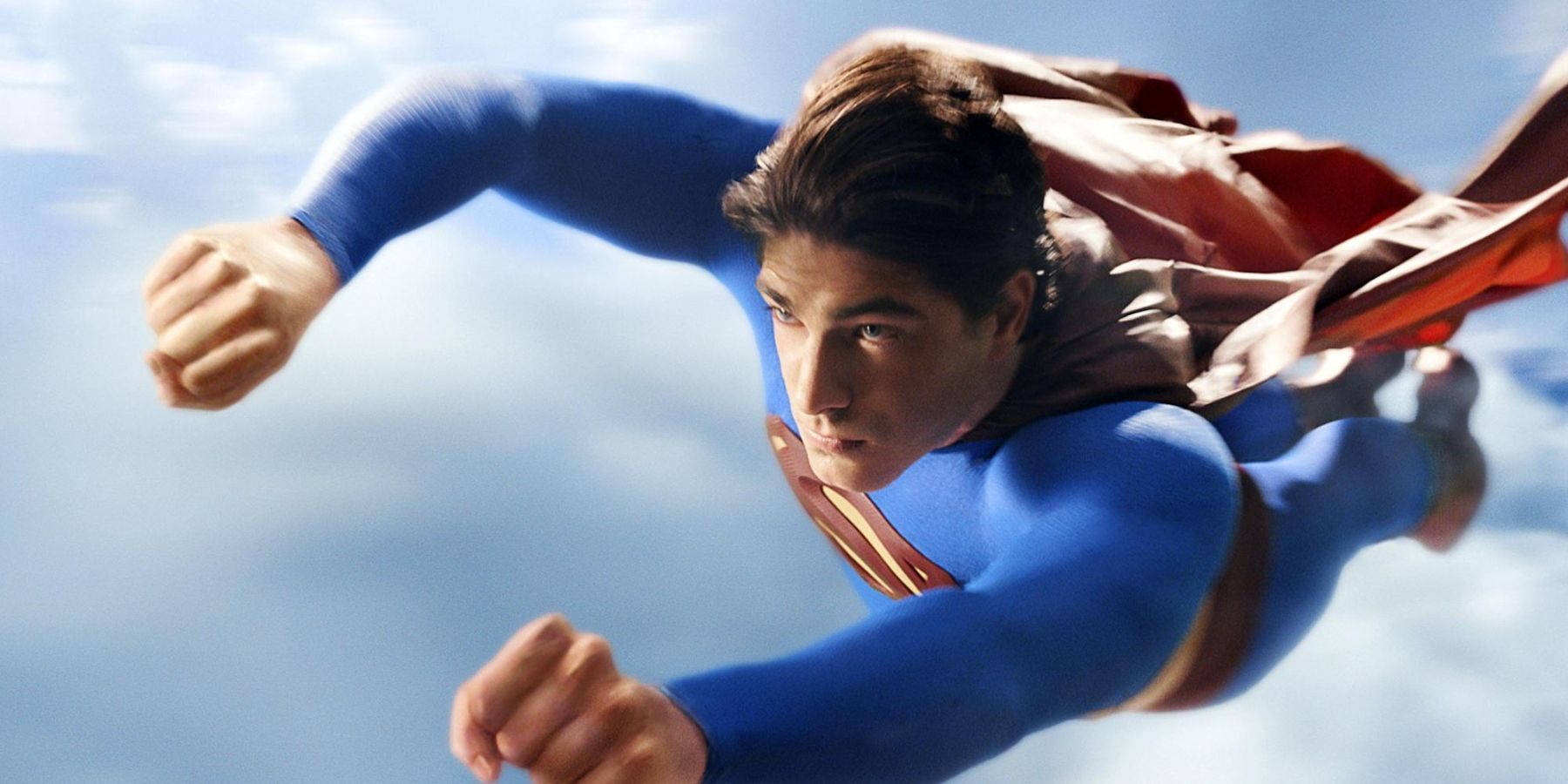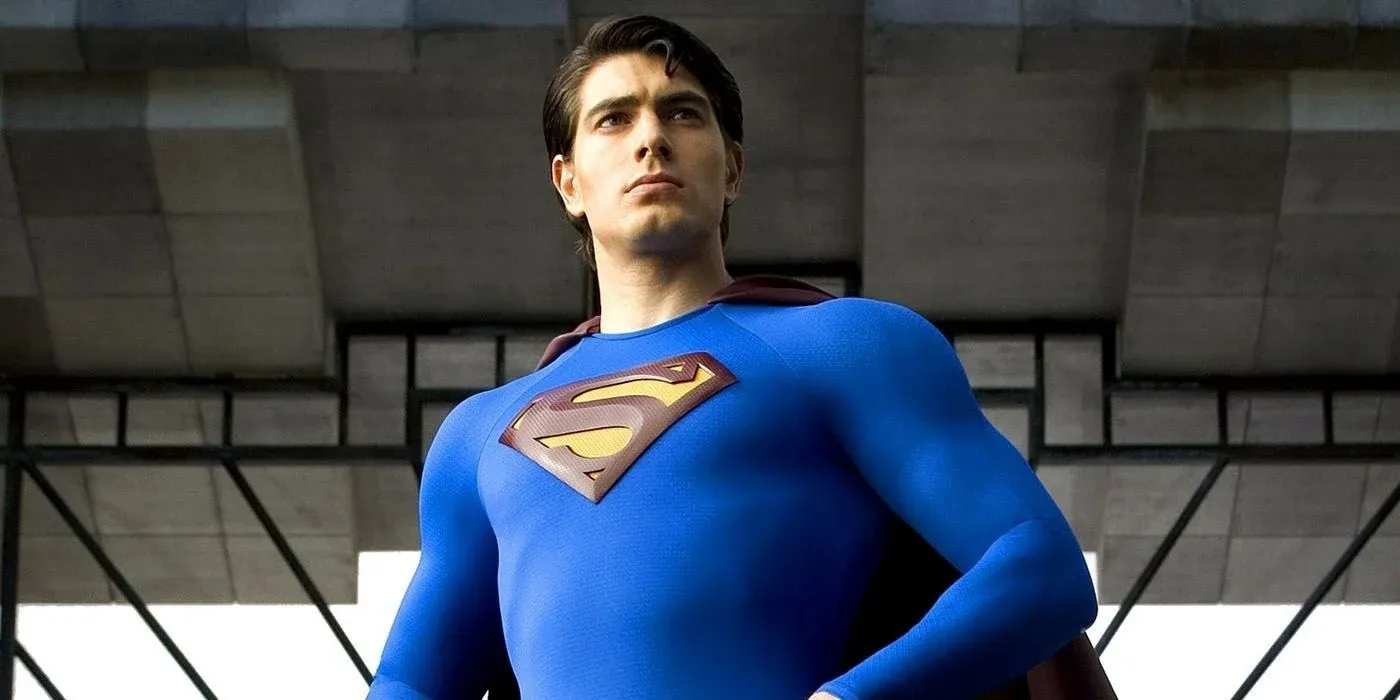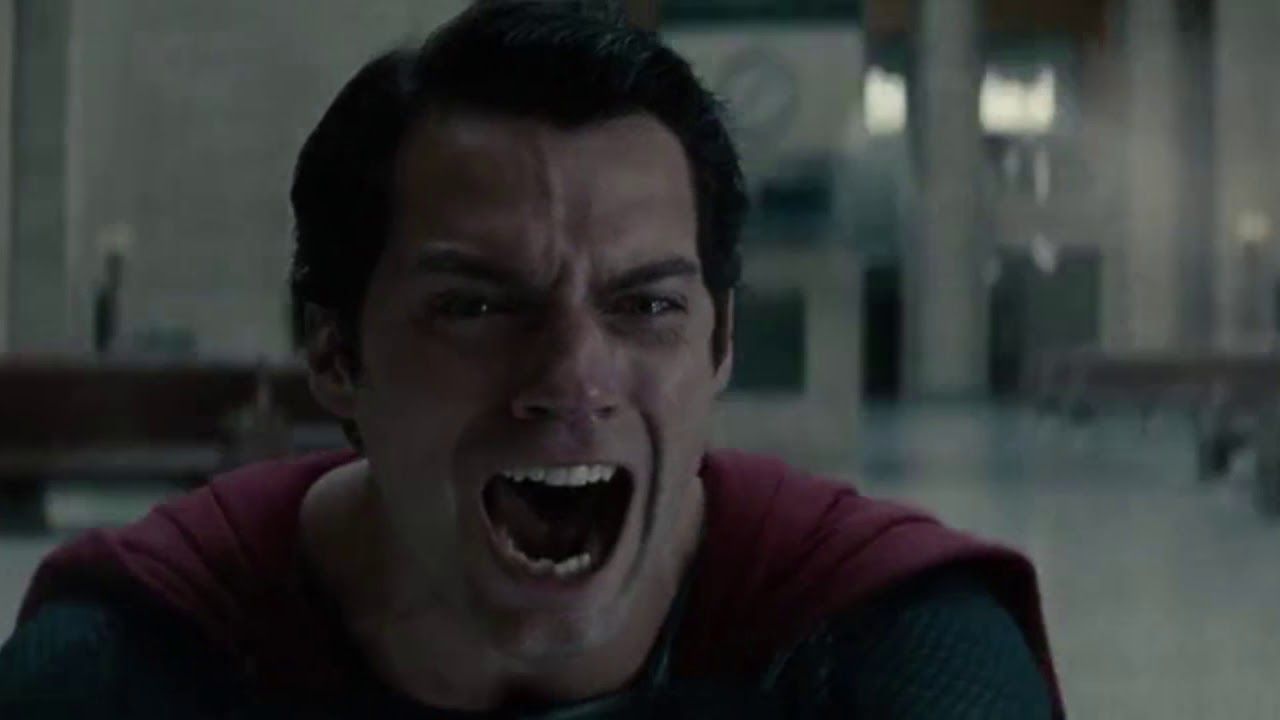One of the more difficult aspects many directors have come across when attempting to bring Superman to the big screen is how to represent his human nature. If he cares too much, then he can almost seem weak. If he cares too little, then he doesn’t quite feel like Superman. The clearest visual difference between these two can be seen with Superman Returns vs. Man of Steel in their respective city destruction scenes.
Released in 2004, Superman Returns is both a sequel and the final part in the original line of Superman films started in 1978 with Christopher Reeve. While a different film had initially been planned to be directed by McG, Bryan Singer was eventually invited to pitch his idea for a story wherein Superman returns after a five-year absence. This was approved and Brandon Routh was cast as the titular man-in-tights. Routh was praised by the wife of the late Christopher Reeve for his striking resemblance to her husband.
Superman Returns was released to mostly positive reviews, often citing the direction of the story as well as the excellent CGI. One of the most impressive sequences comes when Lex Luthor begins enacting his plan. After flying out over the ocean with the intention of saving Lois Lane, Superman instead notices that a massive fault line is breaking under Metropolis. He then zooms off for the city, knowing that there’s about to be trouble.
This initial moment showcases part of what makes this depiction of Superman so on-point. Despite what he desires, he chooses to turn away and fly towards people likely in need of help. Upon arriving in Metropolis, Superman quickly learns he was right to return. The cracking fault line has shattered windows, burst gas mains, and generally led to the endangerment of multiple citizens.
While the city is falling apart, the movie focuses on specific moments of Superman saving random citizens. As he zips down a street, he turns back to laser falling shards of glass about to slice up bystanders. He catches a falling construction worker and sets him safely on the ground. When that burst gas main catches fire, Superman rushes through the flames and uses his ice breath to quell the flames. His final act in this sequence is to catch the falling planet from on top of the Daily Planet. Throughout all of this, Superman pushes himself to his very limits to ensure the safety of everyday people.
When comparing this sequence to Man of Steel’s finale destruction, the differences are clear. In that film, Superman’s fight with Zod begins in a crater, however the fight quickly spills out beyond this crater. In the ensuing fight, the only time the everyday citizens are shown is when they’re reacting to the destruction being caused around them. These citizens are covered in dust, hiding in rubble, and looking for Superman to save their day; but he isn’t focused on them.
Despite the goal being said to be Superman stopping Zod so he doesn’t destroy all life on Earth, this isn’t really shown in practice until the end of this fight. After multiple buildings have collapsed and the two supermen punched their way throughout Metropolis, they end up in a building with one family trapped in a corner. Zod informs Superman that he won’t stop unless he is killed. Zod then begins lasering towards the family.
This moment concludes with Superman having to snap Zod’s neck with a sonic boom. He cries out at having had to do this, even though the family is safe. Lois comforts him as he weeps. What’s different about this, is Superman almost seems more upset with having to kill a fellow Kryptonian rather than relieved that he was able to save a family. His humanity is more closely tied to not killing at all instead of protecting people.
His goal of saving everyone on Earth seems to come with acceptable casualties. During the entirety of the final fight, Superman isn’t at all focused on protecting the people of the city. He isn’t shown pulling a Brandon Routh, flying around, and stopping Zod just short of hurting different people. This sequence would have been much more compelling if Superman were forced to continuously barely stop Zod from hurting people until he’s finally forced to make the call he did.
While Man of Steel does a very good job overall with grounding Superman, it seems to ignore the love he has for the people of Earth. This essential element of his character is only spoken about, and rarely shown in action in Man of Steel. There are moments where he saves people, as is required of a Superman movie, but these moments don’t come when needed. It’s for that reason that Man of Steel, unlike Superman Returns, seems to have missed the mark when it comes to adapting Superman for the big screen.



